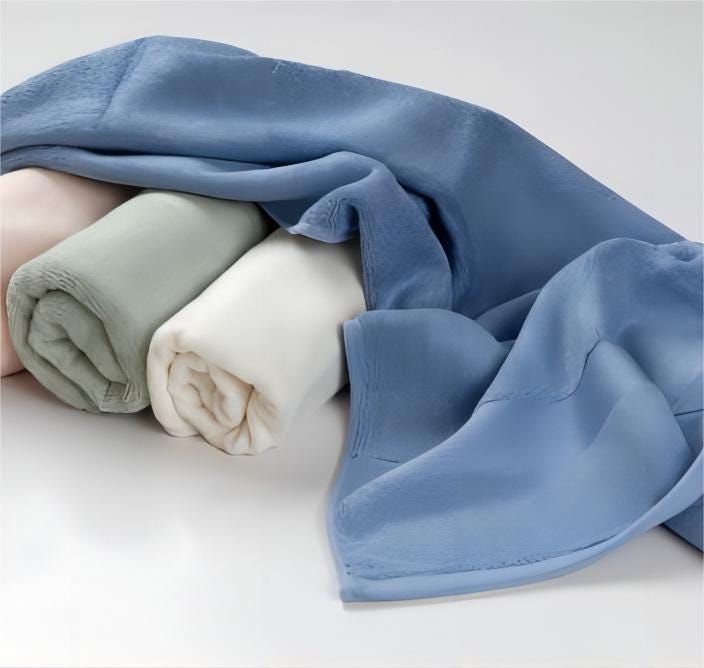Supercharged Viscose: India leads the way in graphene-enhanced textiles

India’s textile industry is on the brink of a major change with the infusion of advanced materials like graphene into conventional fibers. Among the most groundbreaking developments is the enhancement of viscose, a widely used semi-synthetic fiber, with graphene to engineer high-performance textiles with global competitiveness. This innovation, exemplified by the strategic partnership between Birla Cellulose and Bhilwara Group Companies, positions India as a leader in the advanced textile materials sector.
The global rise of graphene
The graphene market—a derivative of graphite—is experiencing exponential growth. Industry reports underscore major projections, reinforcing the material’s increasing significance across sectors. Grand View Research valued the graphene market at $195.7 million in 2023, forecasting a CAGR of 35.1 per cent from 2024 to 2030. Fortune Business Insights placed the 2023 market size at $432.7 million, with expectations to skyrocket to $5,193.2 million by 2032 at a CAGR of 31.8 per cent.
This growth is due to the rapid integration of graphene into the electronics, automotive, and aerospace industries. The Asia-Pacific region dominates the market, driven by its robust manufacturing infrastructure and aggressive investments in technological advancements. Meanwhile, global trade in graphene-based products is expanding, with China and the US emerging as dominant exporters.
The viscose-graphene synergy
Integrating graphene into viscose fibers marks an advancement in textile engineering. Traditionally valued for its softness, breathability, and versatility, viscose is now being supercharged with graphene to achieve superior durability, strength, and conductivity.
Global innovations in graphene-enhanced textiles
Europe’s cutting-edge research: European consortia are spearheading initiatives to integrate graphene into textiles for smart fabrics and wearable technology. Collaborations among universities, research institutions, and textile manufacturers are driving breakthroughs in conductivity, thermal management, and durability.
South Korea’s tech-driven advancements: South Korean innovators are making significant strides in graphene-enhanced sportswear and industrial textiles, leveraging their expertise in advanced materials research.
US military applications: American companies are actively developing graphene-infused fibers for next-generation military gear, including ultra-light, high-strength body armor and tactical textiles.
India’s push in textile innovation
India’s textile sector is embracing this technological leap with investments in graphene-enhanced viscose production. The high-profile collaboration between Aditya Birla Group's Birla Cellulose, Grasim Industries, and Bhilwara Group Companies signals a turning point in India’s textile evolution.
Key elements of this initiative include:
- TACC Ltd supplying graphene derivatives for integration into viscose fibers.
- RSWM Ltd utilizing the enhanced fibers to manufacture cutting-edge textiles with superior thermal regulation and mechanical strength.
- Grasim Industries, a market giant with consolidated net revenue of Rs 1.3 lakh crore in the 2024 fiscal year, driving mass production and global market penetration.
Despite its immense potential, the widespread adoption of graphene-enhanced textiles faces key hurdles. High production costs, scalability limitations, and the need for industry-wide standardization present challenges that must be addressed. However, relentless research and development, coupled with strategic collaborations, are steadily bridging these gaps and unlocking new commercial opportunities.
India’s textile industry, fortified by a dynamic entrepreneurial ecosystem and abundant resources, is poised to capitalize on these advancements. By leading the charge in high-performance textile innovation, India is not just strengthening its domestic market—it is cementing its position as a global powerhouse in next-generation textiles.
